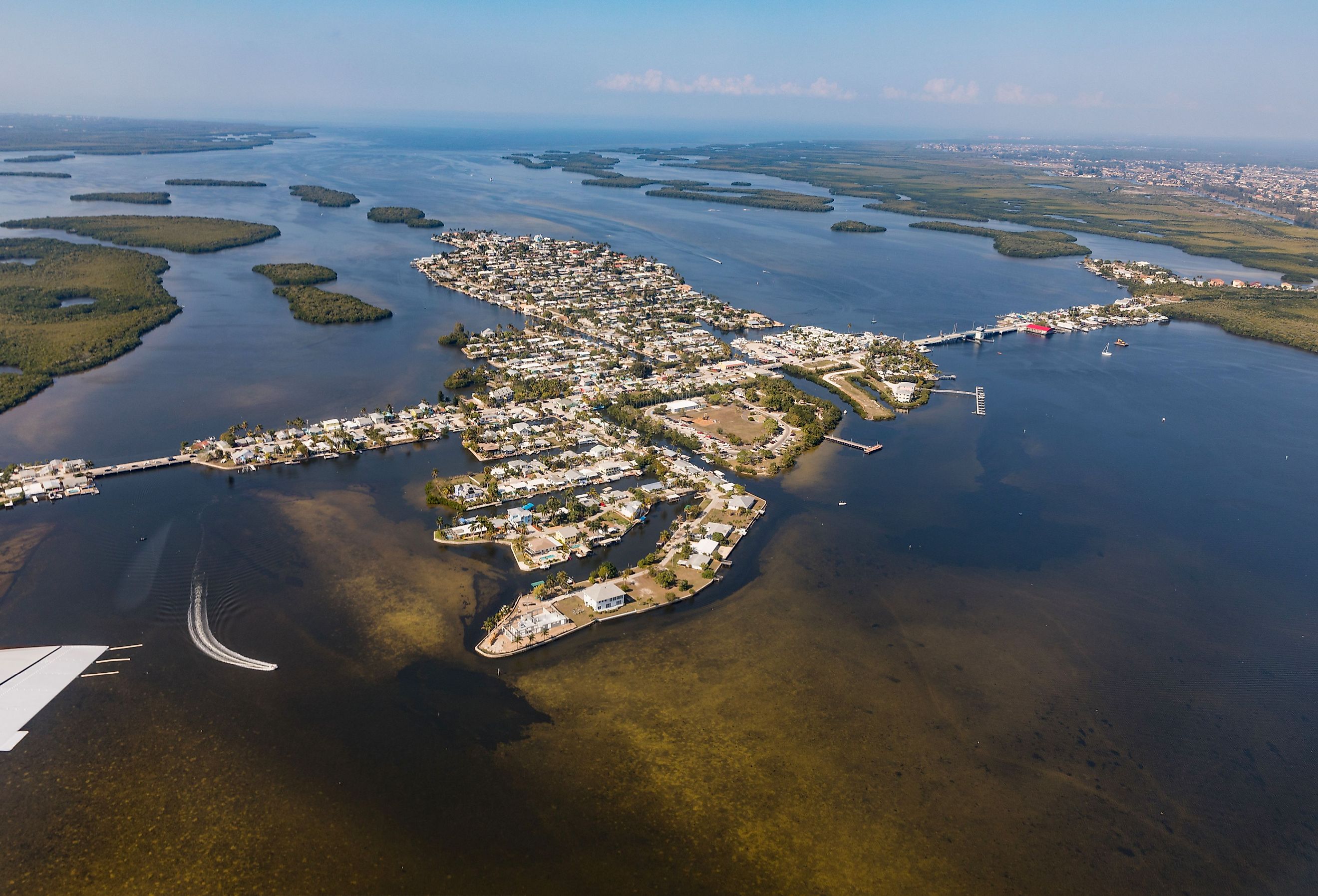
Pine Island
Pine Island the largest island on peninsular Florida and is the 118th largest island in the United States. Pine Island is part of a group of islands that make up the Matlacha Pass. This separates the island from the Florida Mainland. The west end of the island has the Intracoastal Waterway, a waterway that runs from Massachusetts to Texas. The island has a long history. Although who the first occupants of the island were is unknown, the Calusa indigenous tribe occupied the island around 800 CE. Due to the island's location and climate, Pine Island is subject to hurricanes.
Location
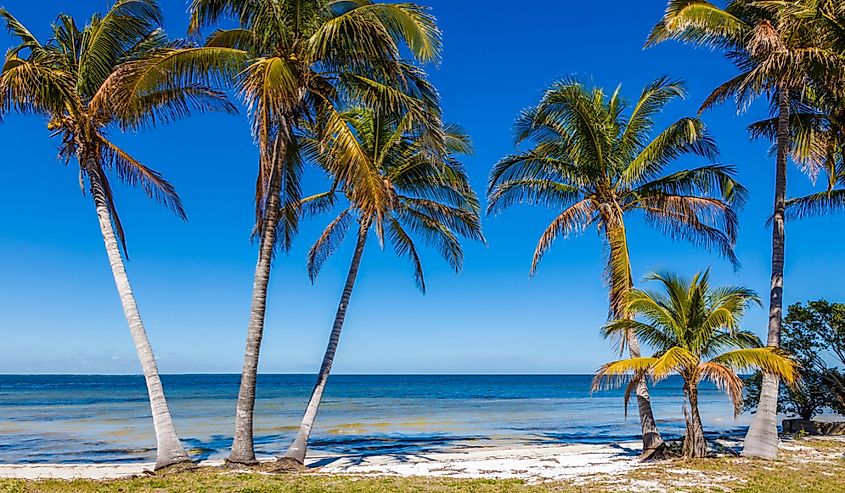
Pine Island is part of Lee County on the Gulf of Mexico. The island is part of the southwest coast of Florida and is the eighteenth largest island in the United States. Pine Island is west of Cape Coral near Fort Myers on the mainland. Pine Island Sound borders Pine Island on the west and Matlacha Pass and Matlacha Island border the island's east end. Pine Island surrounds Pine Island Sound.
There is only one highway that goes to Pine Island, aptly named Pine Island Road . The highway passes through Matlacha, an old fishing town, known for its funky art community. Matlacha has art galleries, fresh seafood markets, and small restaurants. Before reaching Pine Island, visitors will drive through a place called Little Pine Island, an uninhabited wetland reserve.
Geography
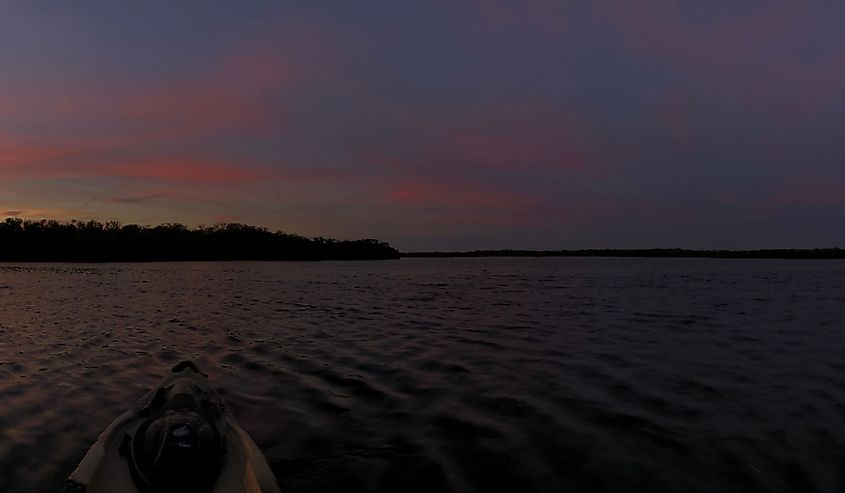
Compared to other areas of Florida, Pine Island is less developed and hosts fewer tourists. The quiet ambience is a popular reason people visit the area. There are few beaches on Pine Island however no large beaches. Pine Island is on the same coral rock as the mainland. Mangroves, a tree that grows in coastal water, covers most of the coast in Pine Island. There are also three Aquatic Preserves on the island. In summer, the red tide affects the beaches available on the Island. Red tide is an algae that kills fish, turtles, and dolphins in high amounts.
Wildlife
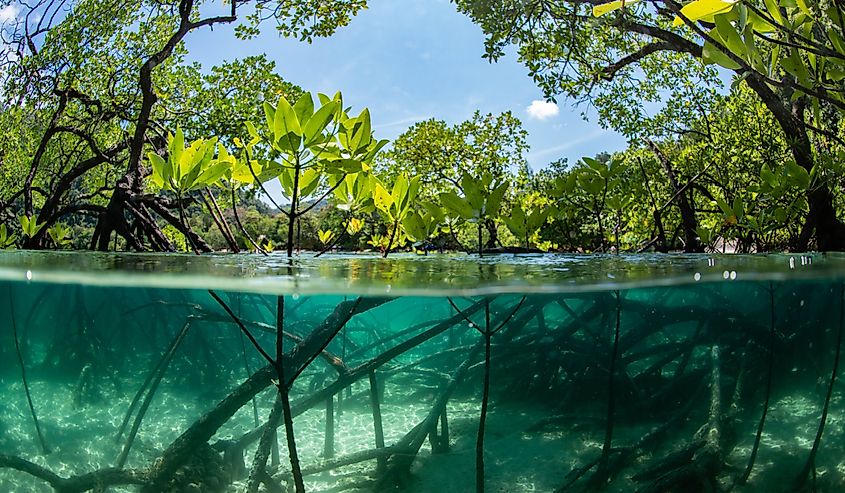
Pine Island is home to an abundance of plants and animals. There are many brids frequently spotted on the island. Some birds often seen in the region include: Great Blue Heron, Cattle Egret, Great Egret, White Ibis, Brown Pelican, Osprey, Wood Stork, Yellow-Crowned Night Heron, Bald Eagles and the threatened Florida Scrub-jay. Owls, hawks and other songbirds are also on the island.
Pine Island has a wildlife conservation area that is approximately 900 acres. The conservation area offers opportunities for wildlife viewings, biking, fishing, hiking, and canoeing. Racoons are the most popular animal found on the island. In the water, dolphins and manatees are often seen. Endangered and threatened species on the island include bald eagles, wood storks, sea turtles and manatees. Besides animals, there are many plants on Pine Island. Some include various wetland trees such as the red, black, and white mangroves.
Human Settlements
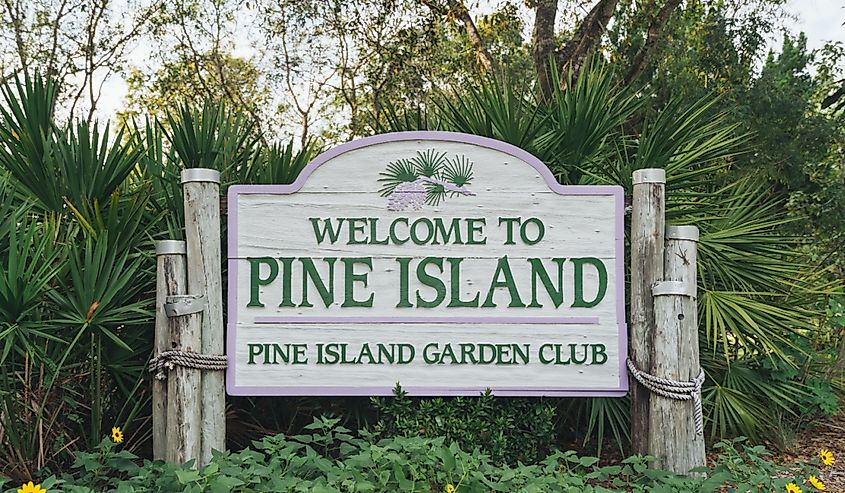
People have also inhabited Pine Island for thousands of years. Although the specific date when humans first occupied Pine Island is unknown, archeological evidence has uncovered 6,000 year old remains in the area. The Calusa indigenous people inhabited Pine Island at least 2,000 years ago, as early as 800 CE. The Calusa tribe was the tribe that controlled most of Southern Florida. At one point, the Calusa tribe had 50,000 people and were on Pine Island for at least 1,500 years.
European Explorers
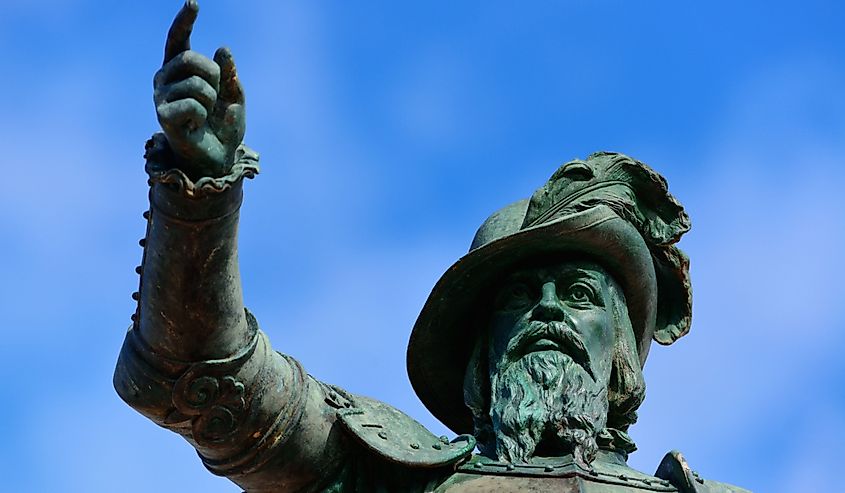
Juan Ponce de Leon, a Spanish explorer, was the first known European who discovered Florida in 1513. He stumbled upon the area while searching for the mythical fountain of youth, a spring said to restore youth to anyone who bathed in, or drank, the spring's water. Juan Ponce de Leon was not the first person to discover Florida, however. Prior to his arrival, southwest Florida was home to the Calusa indigenous people.
In 1521, Juan Ponce de Leon organized a colonization exhibition. Included on the voyage were priests, farmers, and artisans as well as 50 horses and other domestic animals. The exhibition led the group to the Caloosahatchee River, on the Southwest coast of Florida. Upon arrival, the Calusa indigenous people attacked the colonists. The Calusa shot Ponce de Leon with a poisonous arrow, injuring him. After the attack, Ponce de Leon and the other colonists left Florida and travelled to Cuba.
Hurricanes
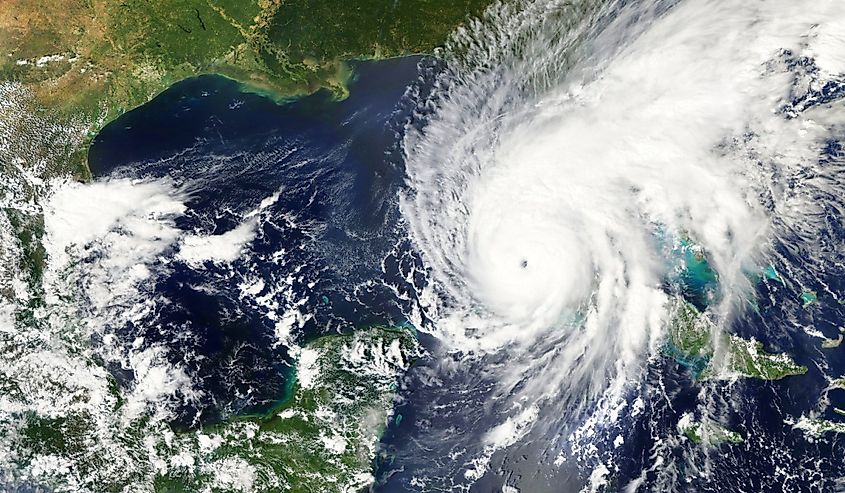
Pine Island's location and climate make it the perfect location for hurricanes. In 2004, Hurricane Charley hit Pine Island. The hurricane was the first of four to strike Florida in 2004. Hurricane Charley caused major damage to Pine Island, including damaging the bridge leading to the mainland. The most recent hurricane that had a major impact on the island is Hurricane Ian, which ripped across the island in 2022. Hurricane Ian damaged Pine Island Road and Matlacha Bridge.
Conclusion
While Pine Island is not the best beach vacation, the island's wildlife and history make it an intriguing and unique tourist destination. People have lived on Pine Island for thousands of years and continue to live there today. Individuals looking for a warm yet quiet vacation often enjoy visiting Pine Island. Before planning a trip to the island, checking the weather and recent events in the area is prudent. Pine Island is subject to significant weather events due to its location and climate.











